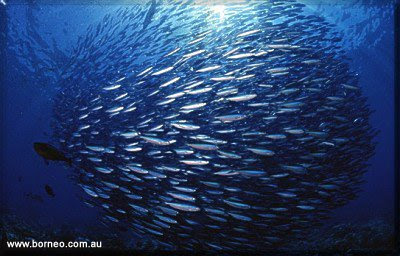
http://www.treehugger.com/files/2011/03/ocean-film-fest-2011-can-networking-californias-coastline-save-fishing-industries-video.php?campaign=th_rss#ch02
Summary:
Marine Protected Areas, or MPA's, are areas designated for marine animals to have an easier time living. Some species thrive so well in that area that they go beyond the border. Multiple MPA's come together to form a network, and human can then benefit from the life that exits the zone. The Monterey Bay Sanctuary Foundation is trying to connect and expand the MPA's so that marine life get an overall healthier area to live in. In time, it will help " boost fishing industries". As of 2007, 60 MAP's have been designated in Central California, but the MSBF are trying to encourage other areas of the nation and the world to designate areas for MPA, as it will benefit Marine life, Environmentalist, Fishermen and the entire ecosystem.
Reflection :
I think it was a spectacular idea to create these zones around California. All marine life in that area can finally go back to living the way they did about 200 years ago, with little to no human impact. What's more amazing is that how much all these animals thrived in the areas. Many different types of species rapidly increase in number thanks to less causes of death, such as the school of fish above. This made me realize how much we affect our oceans, by adding pollutants and waste into the ocean. I can relate to this article because when I was in 4th grade, I remember watching a video on MPA's, and now that I read this article, it makes me feel so bad for the marine animals that have to suffer through living in more polluted water. I hope more coastlines countries consider this idea to not only help their marine animals, but their fisherman as well, by giving them enough fish out side the zone to capture and keeping the ecosystem in control.
Questions:
1. What is so bad about this idea that makes most countries not want to make MPA's?
2. Who came up with this idea to make protected zones?
3. What are some good/bad things that would happen if more and more MPA's are built?
4. Why does marine life thrive more in MPA's than any other part of the ocean?
5. What other countries have a lot of MPA's?


 By Rachel Cernansky
By Rachel Cernansky 